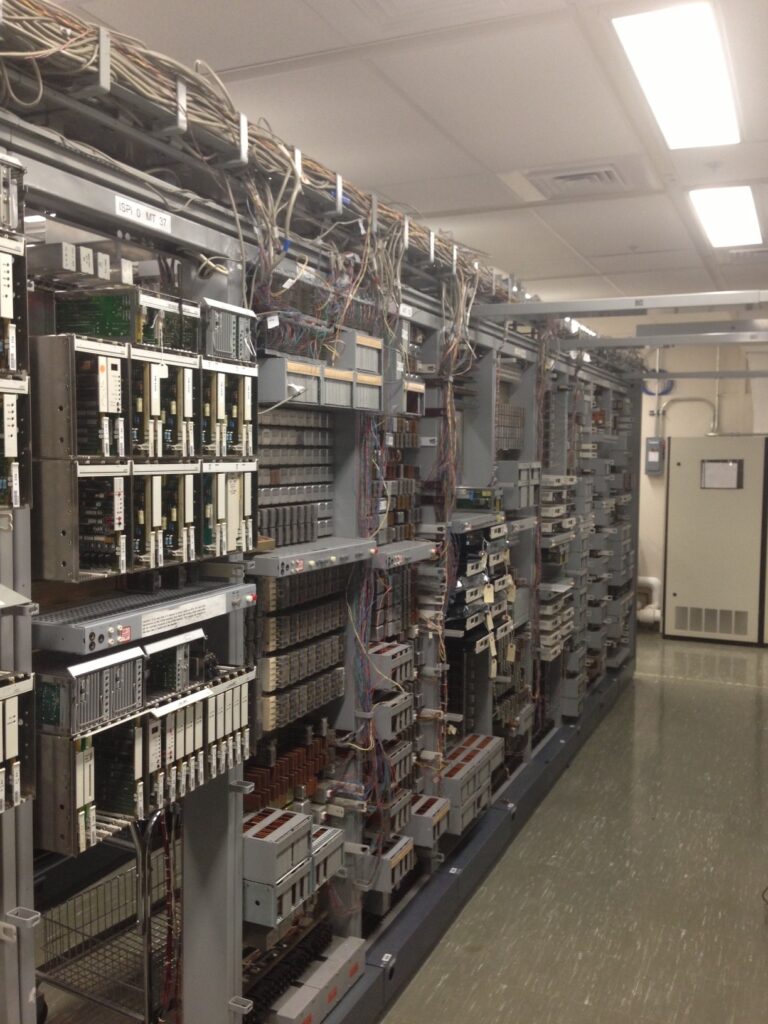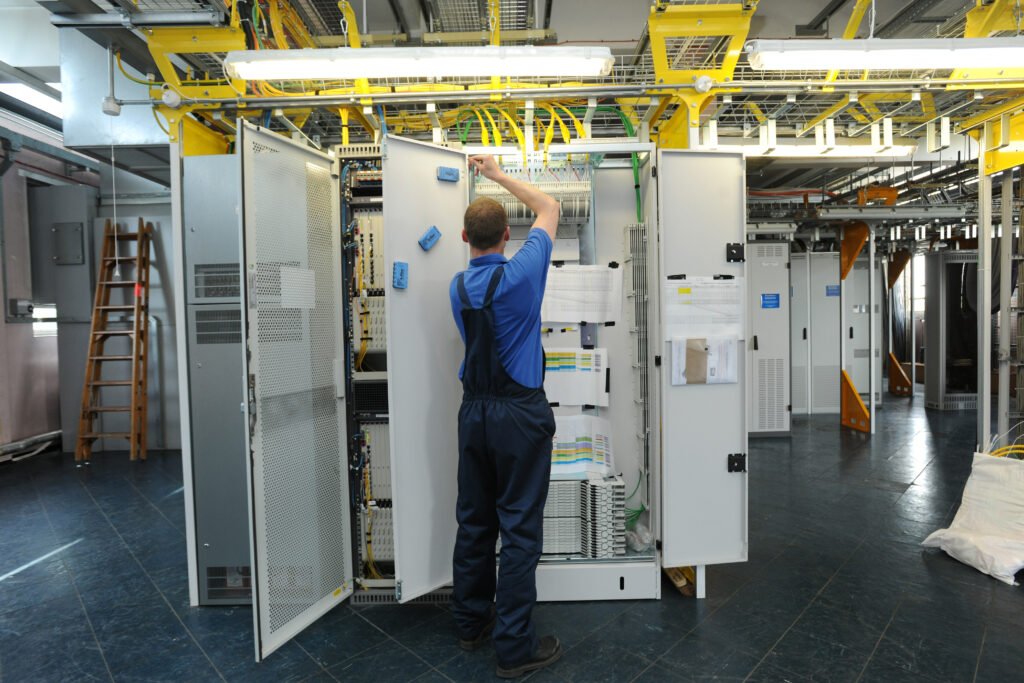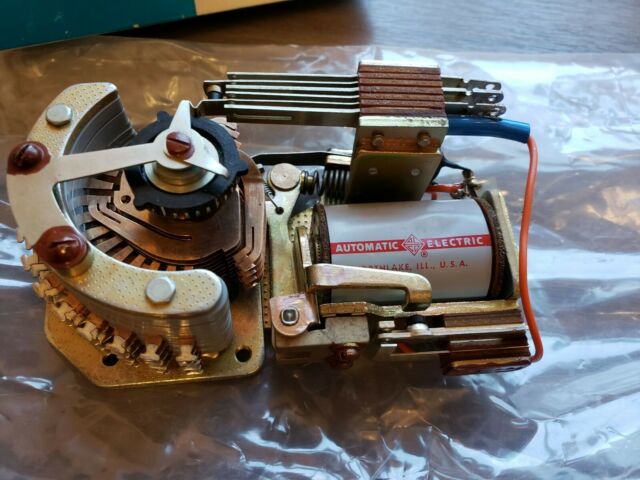As telephone traffic continued to grow through the years, it was realized that large numbers of common control circuits would be required to switch this traffic and that switches of larger capacity would have to be created to handle it. Plans to provide new services via the telephone network also created a demand for innovative switch designs. With the advent of the transistor in 1947 and with subsequent advances in memory devices as well as other electronic devices and switches, it became possible to design a telephone switch that was based fundamentally on electronic components rather than on electromechanical switches. (Britannica.com)

Other forms of switching, however, are made possible by converting the fluctuating electric signal transmitted by the telephone instrument into digital format. In one of the first digital systems, known as time-division switching, the digitized speech information is sliced into a sequence of time intervals, or slots. Additional voice circuit slots, corresponding to other users, are inserted into this bit stream of data, in effect achieving a “time multiplexing” of several voice circuits. Switching essentially consists of interchanging the time position of one user’s slot with that of another user in a determined manner. Time-division switches may also employ space-division switching; an appropriate mixture of time-division and space-division switching is advantageous in various circumstances. (Britannica.com)

Item on display in the Archives
Strowger switch


